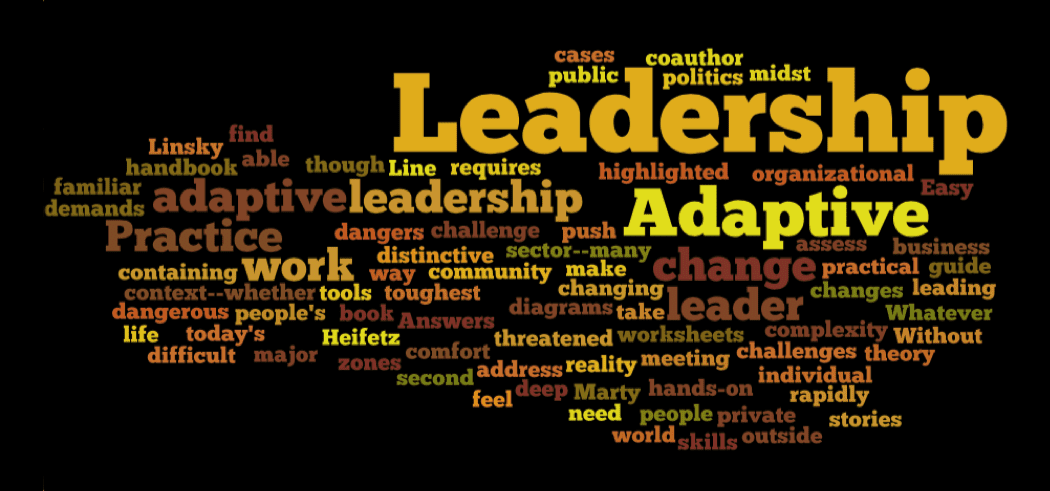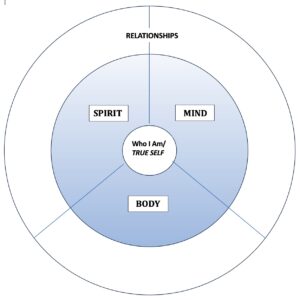I can safely say I spent the past 30 years of my consulting career working to disrupt the traditional leadership practices of command and control. The main reason was not to suit my rebellious nature (which it did) but rather to allow many rather than only a few to create, contribute and be appreciated. These benefits are but a few of the ROIs (returns on investment) for sharing power, control and coordination with an entire workforce.
The organizational clients I am privileged to experiment with, discover and grow alongside certainly belong to the wave of innovators opting to relinquish fear and adopt trust in their workforce. They prove this by distributing leadership (choice and decision-making) throughout their workplaces. What follows is a very important metric stated overwhelmingly by those who experience empowering and engaging work — “I will never go back to the way it was.” Rather than manipulating people and environments in an attempt to achieve growth, regardless of the cost to people and the planet, organizational strategy and decision-making is shifting beyond a survival-only mentality.
However, probably for the majority of employees, their working world consists of a select few telling the many what to think, what to do and how to do it. Fortunately, IMO, these organizations and their leaders will undergo radical change in order to survive in today’s iVUCA environment — interconnected, volatile, uncertain, complex and ambiguous. To both survive (optimize core business practices) and thrive (adapt to the unknown through new, innovative practices) in this turbulent and rapidly changing landscape, leadership needs to be much more adaptive, that is, participative, energized, humane, innovative and design-powered.
The survival game amounts to business entrepreneurs and leaders manipulating the physical environment (geographic, political, social and economic) to optimize profit and return. In this mode, business emphasizes making money often to the exclusion of the health and well being of humanity and the planet or focuses only on technical challenges solvable by known solutions or existing technical expertise.
Thriving, on the other hand, constitutes a holistic and integrated approach to jointly optimizing potentials (geographic, political, social and economic) with profit as only one of many measures of success. With the added complexity of merging the needs of these multiple requirements, business strategies valuing competition and manipulation are giving way to collaboration and adaptation. Without a doubt, adaptive challenges are about everyone involved changing —
Often they must shift their behavior from what, up to now, has been
guided by deeply-worn neural pathways. They may have to learn new
skills, take on new roles, adopt new beliefs, honor new values, and so on.
Conflict between different stakeholders and groups that is inherent
in the change process must be coaxed to the surface, mediated in a safe
forum, and resolved. Then, there is the adaptive leader him/herself who
must be acutely aware of what is going on inside him/her — doubts,
feelings of incompetence, fear of failure, and apprehension about possible
retribution or punishment. Ian Cook
Leaders raised under the more traditional, survival mode often viewed change as happening to the workforce not to themselves. Frankly, this perception is why it has taken so many decades to build the critical mass necessary to tip the scales in favour of a new paradigm. An adaptive leader recognizes today’s complexity and pace of change are beyond the capabilities of one or even a few minds. To act wisely in times of uncertainty requires each of us to step up our individual leadership respond-ability.
The following self-coaching daily or even weekly Adaptive Leadership Practice will better prepare you for that responsibility:
AN ADAPTIVE LEADERSHIP PRACTICE
Cycle through these questions on a daily or weekly basis over the next three to four months. Journalize your responses (thoughts and feelings) each day/week in a logbook so you can increase and reflect on your awareness of your attitudes and beliefs as a leader in your life and in your workplace.
Today, as a Reflective Energizer, did I:
- energize (inspire and act in) my workplace and home?
- perfect or learn some new skill?
- choose and show my positive presence?
Today, as a People Engager, did I:
- act as a servant leader?
- recognize other people?
- authentically listen and demonstrate empathy (deep human understanding)?
Today, as a Strategic Navigator, did I:
- exercise agility?
- strategize to succeed?
- lead change positively?
Today, as an Innovative Designer, did I:
- employ imagination?
- design and execute something new?
- experiment, play, radically collaborate to combat some complex problem?
Our reflection spurs our realization. After three or four months, ask yourself:
- Did any themes or recurring patterns arise in my journaling?
- What changed over time through my journaling practice — thoughts? feelings? behaviours?
For more on adaptive leadership and transformation, click here.





